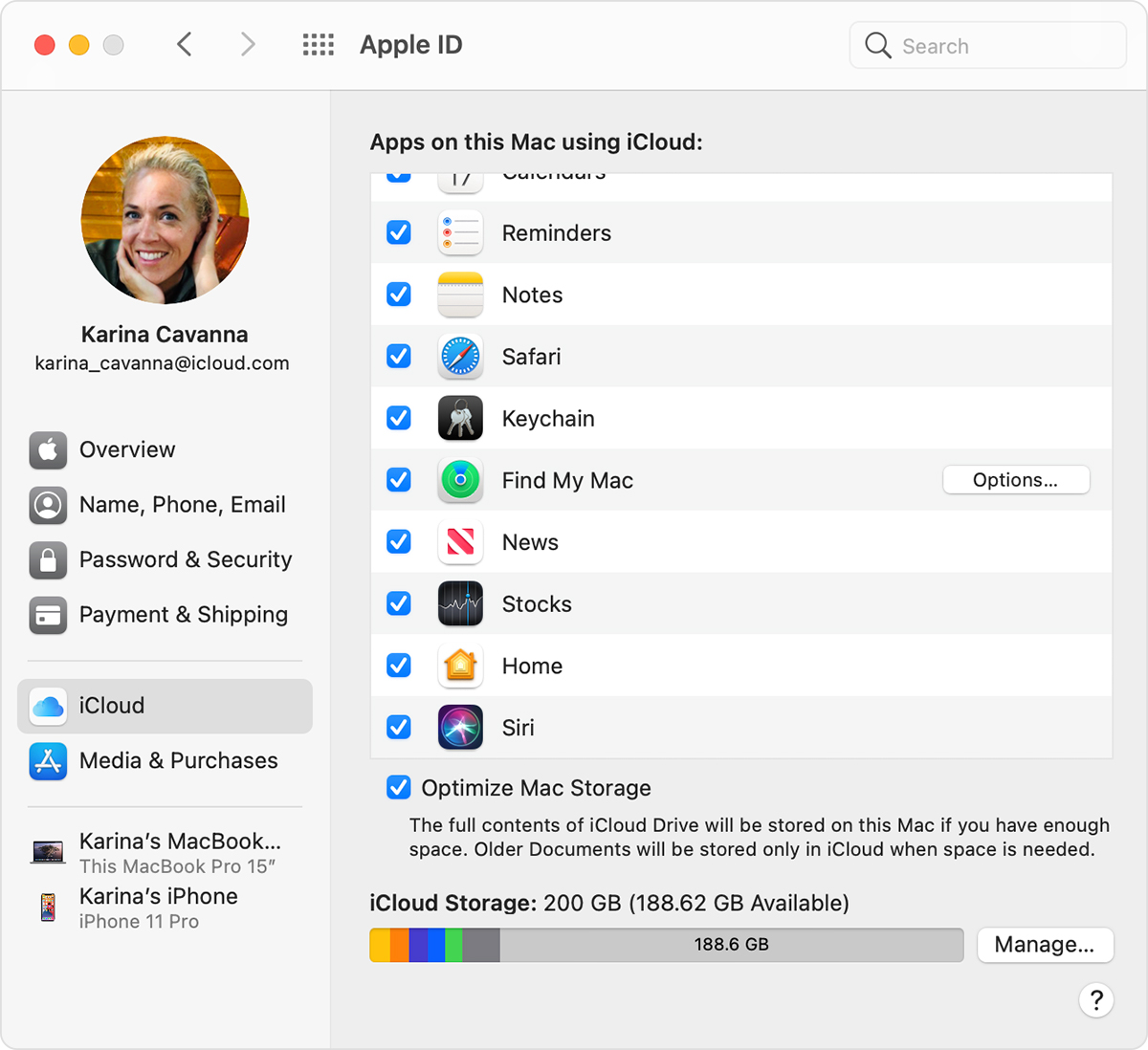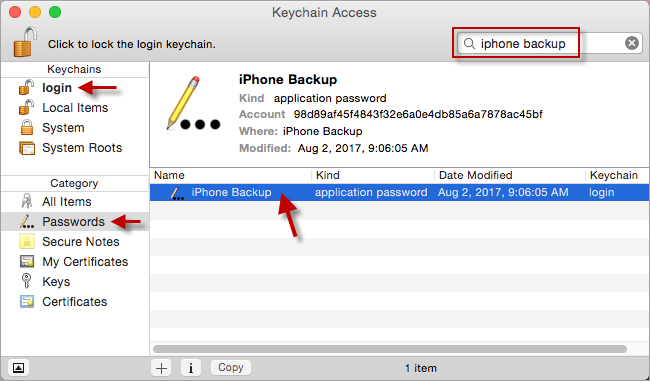

- #Keychain access on iphone how to
- #Keychain access on iphone android
- #Keychain access on iphone verification
- #Keychain access on iphone password
- #Keychain access on iphone download
To do that, tap on Settings, then iCloud, then Ke圜hain and enable it. Make sure iCloud Ke圜hain is enabled before you restore your backup so that all that data will be synced once you log into iCloud on the new phone.

#Keychain access on iphone password
For those situations, you’ll need a third-party password manager, so it’s not a bad idea to run one alongside iCloud Keychain on your Apple device.
#Keychain access on iphone android
There’s no easy way to export passwords, sync notes, share passwords with other browsers, or access your keychain on an Android phone or Chromebook. While iCloud Keychain is safe, secure, and easy, it’s also very tied to both our Apple devices and Safari in general.
#Keychain access on iphone verification
Once you enter your verification code, you’ll be able to grab passwords from your iCloud Keychain when visiting a site in Chrome on your PC just as if you were using Safari on your Mac. Then you’ll need to grab the iCloud Passwords extension in the Chrome store and then sign in to turn on both.
#Keychain access on iphone download
You’ll need to download iCloud for Windows first and make sure it’s updated to the latest version. ICloud may be Apple’s thing, but if you have an iPhone and a PC, you can still get at your passwords. Access your iCloud passwords with Chrome on Windows Similar to a password for a locked note in the Notes app, you can write notes in the Keychain Access app that can only be accessed when you enter your Mac password. You can also use the app to create secure notes for things you need to remember independently of stored passwords. It’s way more powerful than iCloud Keychain, letting you see system keys and roots and export some keychain items for use with other apps. In addition to the iCloud Keychain on iOS devices, there’s also a tandem Mac app called Keychain Access. You can manually add passwords to iCloud Keychain if you know where to look. Just press the “+” symbol and you’ll be able to enter your own user name and password for any website. Just like a third-party password manager, you can manually enter logins to save inside the Passwords tab in Settings on your iPhone or iPad. ICloud Keychain does a great job picking up logins and passwords as you log into sites and accounts, but you don’t have to wait for a website to prompt you to enter new credentials. Then you won’t need to type your Apple ID password or passcode whenever you need to fill in a field. If you haven’t turned it on, head over to the Face ID & Passcode tab on your iPhone or iPad (Touch ID & Passcode on the new iPad Air), or the Touch ID tab on your Mac to turn on the ability to use your devices biometric authentication system for auto-filling passwords. ICloud Keychain works best when you leverage Apple’s biometric system to make filling passwords quick and easy. ICloud Keychain is an easy way to keep track of your user names and passwords. iCloud Keychain is supported on devices that use iOS 7.0.3 or later, or OS X Mavericks 10.9 and later. Note: If you don’t see the iCloud Keychain option, your device might be too old. You may need to type in your password or passcode, and you’ll want to check your other Apple devices to make sure it’s turned on for each of them, too, but otherwise, there’s nothing else to set up. Scroll down to Keychain and make sure the toggle is green (check the box on a Mac). If you want to check to see if it’s turned on, you’ll need to you open Settings on an iPhone or iPad (System Preferences on a Mac), then tap your name (Apple ID on a Mac), then iCloud. If you have an iPhone or a Mac, you have an iCloud account, and if you have an iCloud account, you have iCloud Keychain.
#Keychain access on iphone how to
Here’s how to get the most out of Apple’s password manager-and why you don’t want to rely on it for all of your data storage needs. And it’s 100 percent free.īut even if you’re already using it to store logins to apps, Apple Pay info, and Wi-Fi, internet, and other online passwords, you might not be getting all you can out of it. It’s basically a full-fledged password manager built right into iOS and macOS that stores all of your sensitive logins with end-to-end encryption and biometric authentication that syncs across all of your Apple devices.

If you’re not using iCloud Keychain on your iPhone, iPad, or Mac, you should definitely turn it on.


 0 kommentar(er)
0 kommentar(er)
